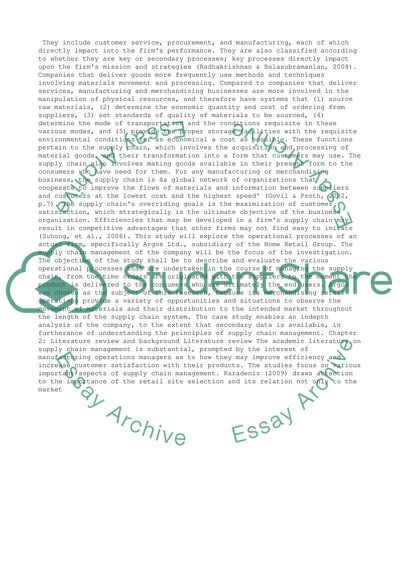Cite this document
(“To analyze the process of Argos' shopping design and supply chain, and Essay”, n.d.)
To analyze the process of Argos' shopping design and supply chain, and Essay. Retrieved from https://studentshare.org/management/1479688-to-analyze-the-process-of-argosyie-shopping-design
To analyze the process of Argos' shopping design and supply chain, and Essay. Retrieved from https://studentshare.org/management/1479688-to-analyze-the-process-of-argosyie-shopping-design
(To Analyze the Process of Argos' Shopping Design and Supply Chain, and Essay)
To Analyze the Process of Argos' Shopping Design and Supply Chain, and Essay. https://studentshare.org/management/1479688-to-analyze-the-process-of-argosyie-shopping-design.
To Analyze the Process of Argos' Shopping Design and Supply Chain, and Essay. https://studentshare.org/management/1479688-to-analyze-the-process-of-argosyie-shopping-design.
“To Analyze the Process of Argos' Shopping Design and Supply Chain, and Essay”, n.d. https://studentshare.org/management/1479688-to-analyze-the-process-of-argosyie-shopping-design.


